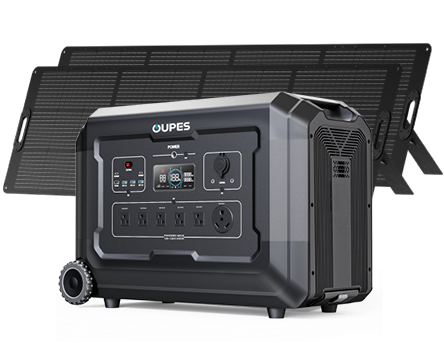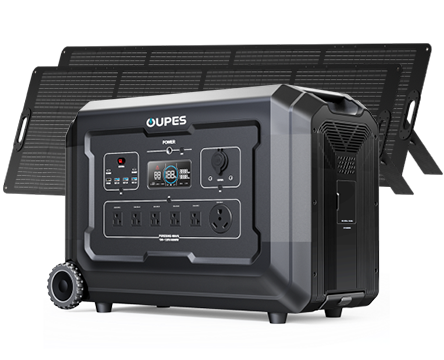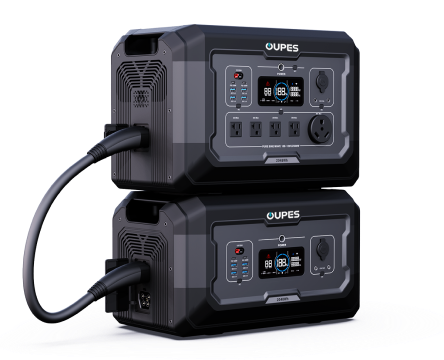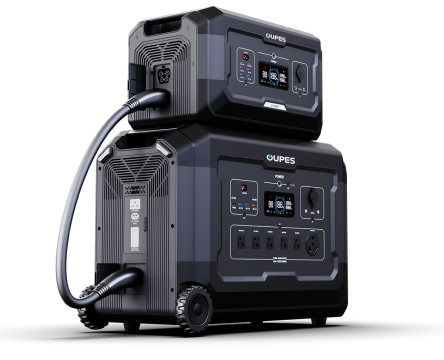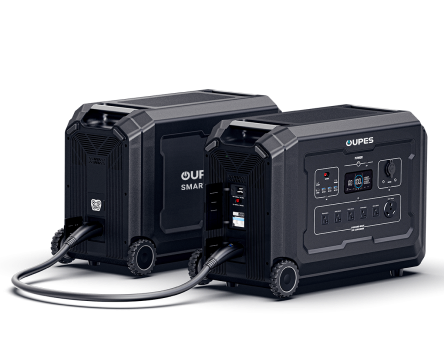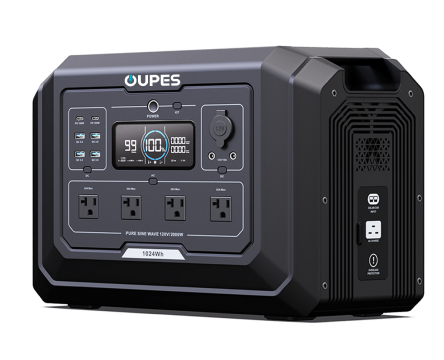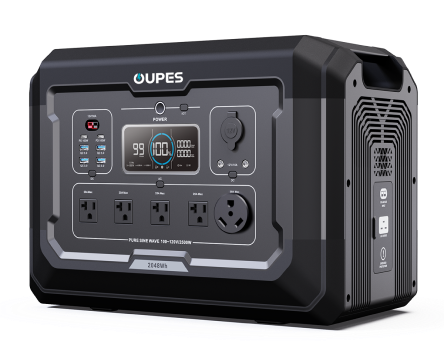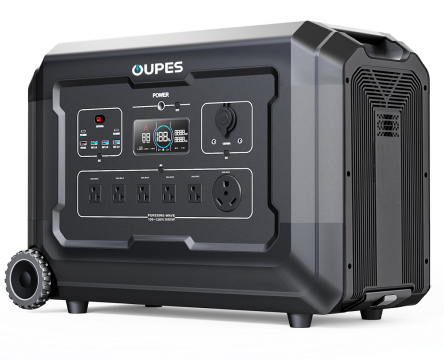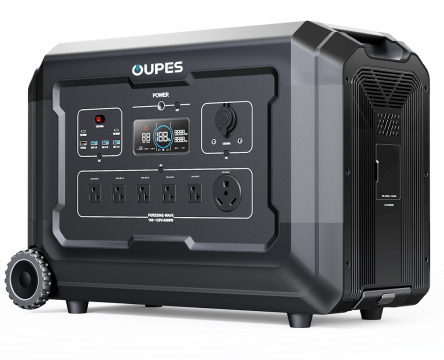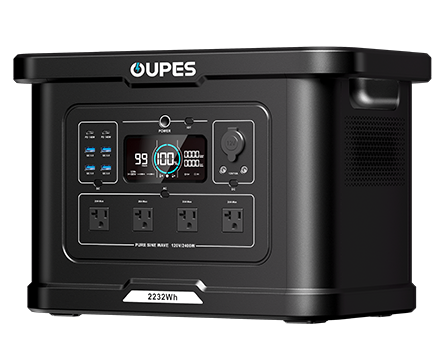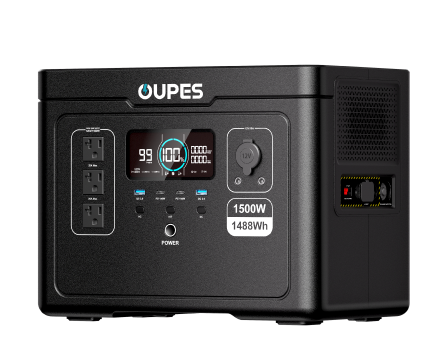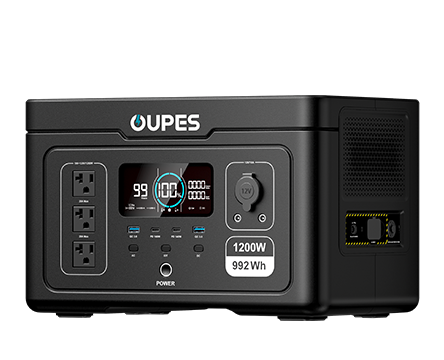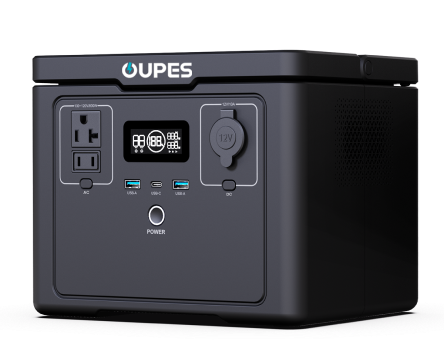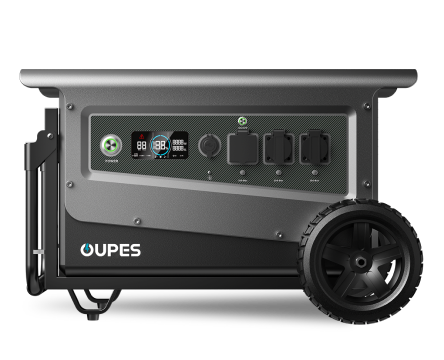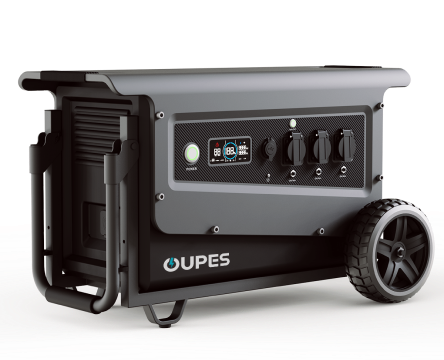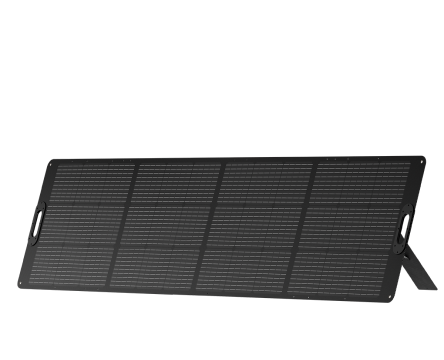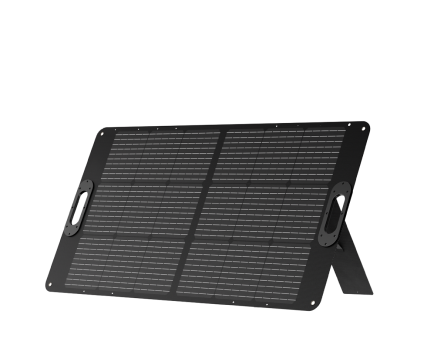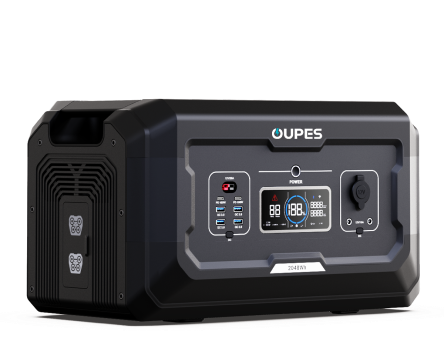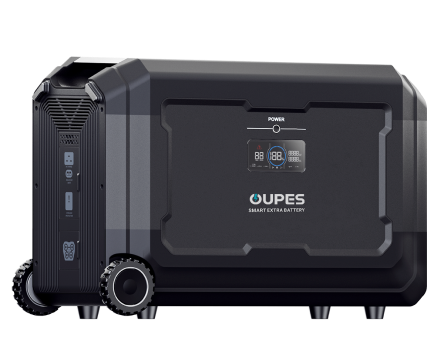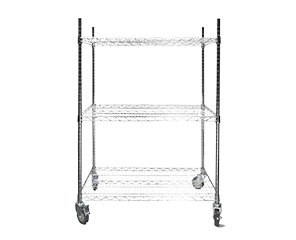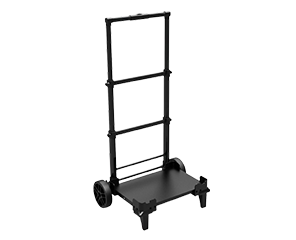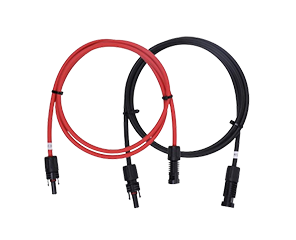
Imagine this: a storm rages outside, thunder shakes the walls, and suddenly—darkness. The power flickers, then vanishes. Your home, once a haven of warmth and light, is swallowed by the blackout. The fridge hums its last breath. The Wi-Fi collapses. And in that instant, you realize the profound necessity of a reliable indoor generator.
Modern households thrive on electricity, making power outages more than just an inconvenience. They disrupt daily life, compromise safety, and, if prolonged, can lead to significant financial loss. Whether it’s due to extreme weather, grid failures, or unforeseen emergencies, an indoor generator can be the bridge between power failure and uninterrupted comfort. But how do you choose the right one? What should you look for in terms of capacity, efficiency, and safety? Let’s break it down.
Why Choose an Indoor Generator?
Unlike traditional gas-powered generators that belch fumes and demand outdoor placement, indoor generators offer a clean, quiet, and fume-free alternative. They run on advanced battery technology, often rechargeable via solar panels, wall outlets, or even car chargers. This makes them ideal for apartments, urban dwellings, and homes where outdoor space is limited.
An indoor generator isn’t just about convenience—it’s about security. It keeps your medical devices running, ensures that your fridge preserves perishable goods, and provides power for communication devices in times of crisis. With climate uncertainties and an aging power grid, having a dependable energy backup is no longer a luxury—it’s a necessity.
Key Factors to Consider
1. Power Capacity: Matching Your Needs
Indoor generators come in various capacities, typically measured in watt-hours (Wh). To determine the right size, first assess your power needs. Here’s a rough breakdown:
-
Basic essentials (lights, phones, Wi-Fi router): ~300–500Wh
-
Refrigerator (overnight backup): ~1,000–2,000Wh
-
Multiple appliances (fridge, lights, laptop, CPAP machine): ~2,000–3,000Wh
-
Whole-home backup (for extended outages): 3,000Wh+
For instance, an OUPES 2,000Wh solar generator can power a standard refrigerator for over 24 hours, while still allowing you to charge essential devices. If your needs extend beyond short-term outages, opt for a model with expandable battery capabilities.
2. Output Options: Versatility Matters
A quality indoor generator should accommodate various device types. Look for:
-
AC outlets (for standard home appliances)
-
USB-A and USB-C ports (for phones, tablets, and laptops)
-
DC outputs (for car-powered devices)
-
Solar input compatibility (for sustainable recharging)
Flexibility is key—whether you’re keeping the essentials running during a blackout or setting up an off-grid workspace.
3. Charging Efficiency: Faster, Smarter, Greener
The best indoor generators offer multiple recharging methods. OUPES models, for example, support fast AC charging, solar charging, and even dual charging for quicker recovery times. If you’re in an area prone to frequent outages, opt for a unit that can recharge within a few hours, ensuring you’re always prepared.
4. Safety Features: Non-Negotiable
Since indoor generators rely on lithium battery technology, safety is paramount. Look for:
-
Battery Management System (BMS): Prevents overcharging, overheating, and short circuits.
-
Pure Sine Wave Inverter: Ensures clean, stable energy for sensitive electronics.
-
Fireproof Casing & Advanced Cooling Systems: Reduces overheating risks.
A high-quality generator doesn’t just provide power—it provides peace of mind.
Real-World Applications: More Than Just Emergencies
While an indoor generator is indispensable during outages, its utility extends beyond crises. Picture this:
-
Remote Work: A reliable power source ensures that your home office stays functional, even during grid failures.
-
Outdoor & Recreational Use: Portable enough for camping, road trips, and backyard movie nights.
-
Medical Necessities: Keeps CPAP machines, oxygen concentrators, and other life-supporting devices running.
-
Eco-Friendly Living: Reduce reliance on the grid by incorporating solar charging and sustainable energy solutions.
Choosing OUPES: Power You Can Trust
When investing in an indoor generator, reliability is non-negotiable. OUPES offers state-of-the-art solutions designed for longevity, efficiency, and ease of use. Whether you need a compact power station for occasional outages or a robust system for prolonged emergencies, OUPES provides a range of options tailored to your needs.
Final Thoughts: Be Prepared, Stay Powered
Power outages are unpredictable, but your response doesn’t have to be. An indoor generator ensures that when the lights go out, your home remains a sanctuary of warmth, safety, and connectivity. By choosing the right capacity, prioritizing safety, and leveraging renewable energy sources, you’re not just securing backup power—you’re embracing a smarter, more resilient way of living.
Ready to safeguard your home against power disruptions? Explore OUPES indoor generator options and stay prepared for whatever comes next.


